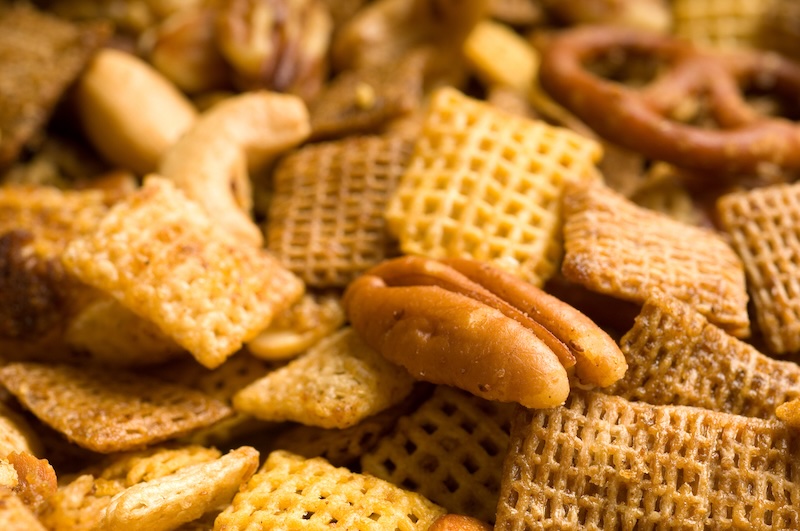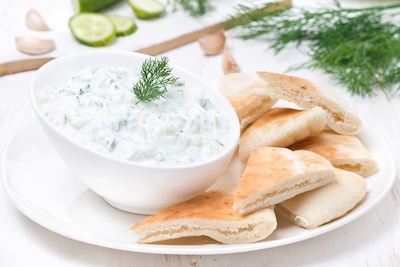
When it comes to packaged snacks, flavor and health are often in tension. How do you reduce sodium without making snacks bland and unappealing?
One way is with monosodium glutamate (MSG). Research consistently shows that MSG can play a valuable role in lowering sodium content while maintaining flavor.
Why Sodium Reduction Is a Challenge
Salt (sodium chloride) does more than make food taste salty. It enhances the overall flavor, balances tastes, and can even affect texture and aroma. Because of this, sodium reduction is more complicated than simply cutting back on salt. Reducing sodium alone often results in snacks that taste flat or bland.
MSG in Sodium Reduction
While MSG contains sodium, it contains about two-thirds less sodium than table salt (12% sodium compared to 39%). When MSG is used in combination with smaller amounts of salt, it can deliver the same flavor with a much lower overall sodium content.
MSG also contains the amino acid glutamate, which is what gives foods an umami or savory taste. The addition of a rich savory flavor can help counter the flavor loss that may come with sodium reduction in savory snack foods like chips, crackers, and popcorn. MSG may also help highlight the existing flavors.
How Much of a Difference Can MSG Make?
 Sodium levels can often be reduced by 20–30% in savory snack foods when MSG is used strategically to replace a portion of the salt in a product.
Sodium levels can often be reduced by 20–30% in savory snack foods when MSG is used strategically to replace a portion of the salt in a product.
One study found that by replacing some of the salt in a corn snack with MSG, the sodium content could be lowered to be below the average amount in other commercially available snacks without affecting how much consumers liked it.
Another study found that, through the addition of MSG, it was possible to reduce the salt added to potato chips by 25% without a significant drop in consumer satisfaction.
Safety and Consumer Perception
Despite persistent myths, there’s no evidence linking the MSG in snacks to health concerns when it’s eaten.
MSG has been consumed by people all over the world for over 100 years. And it is widely recognized as safe by global health organizations, including the U.S. Food and Drug Administration (FDA), the Joint Expert Committee on Food Additives (JECFA) of the United Nations Food and Agriculture Organization, and the World Health Organization (WHO).
Bottom Line
Reducing sodium in snack foods is important, but taste matters too. MSG offers a way to strike the balance of keeping snacks flavorful while lowering their sodium content.
Related Reading:

